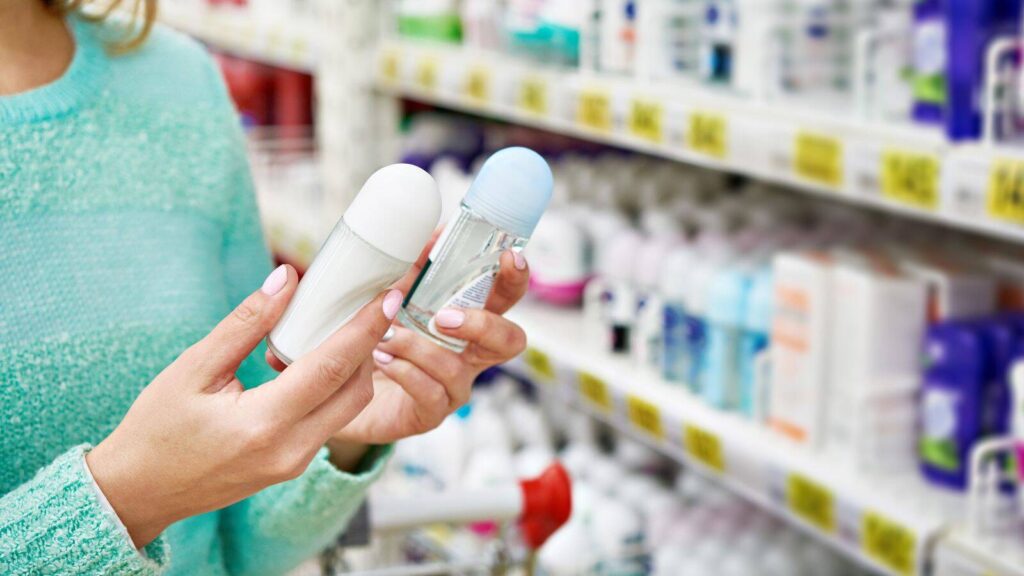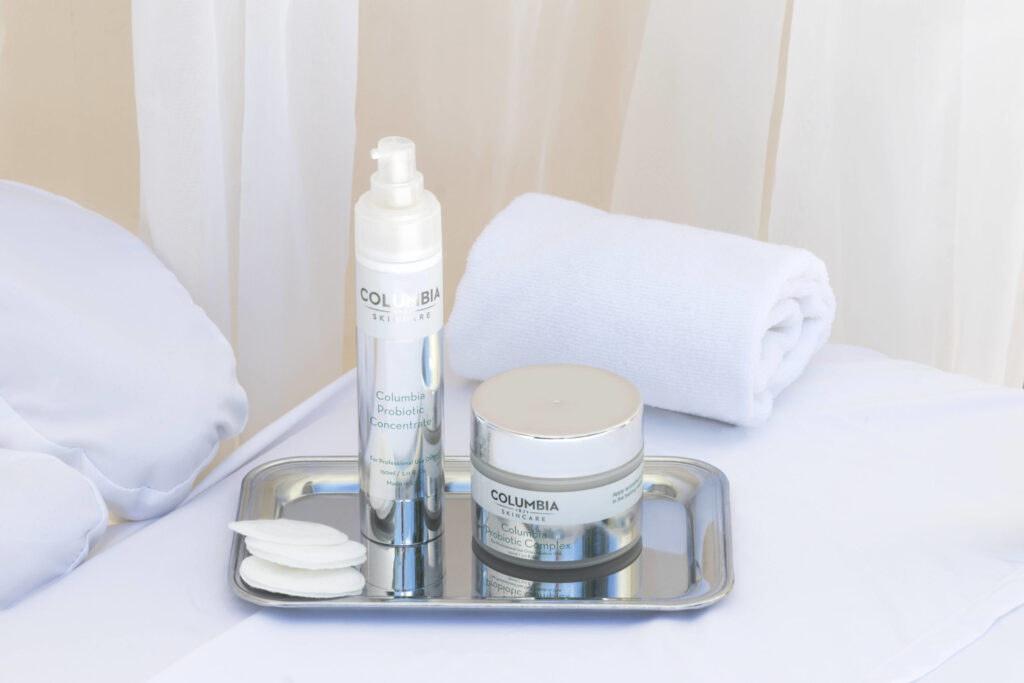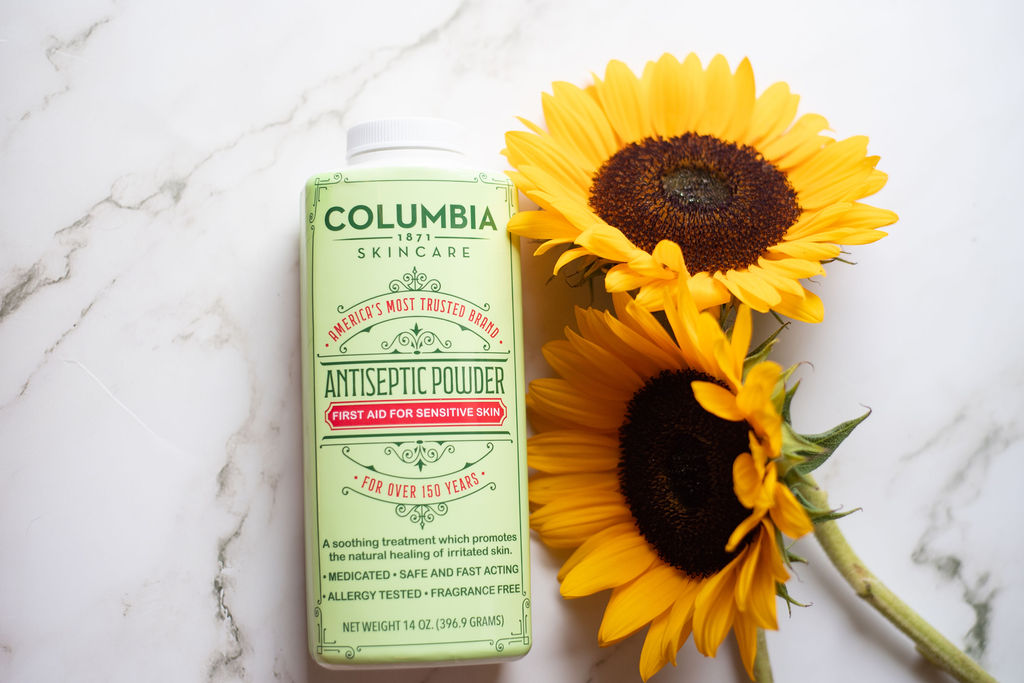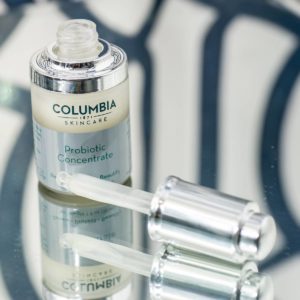Walk down the skincare aisle or scroll through social media, and you’ll quickly notice something odd: every “new” skincare launch starts to feel like déjà vu. Different names, different packaging, slightly tweaked claims—but ultimately, the same texture, scent, and results. Why do so many skincare products feel interchangeable?
The short answer: because they often are.
1. One Parent, Many Faces
You may think you’re choosing between dozens of unique skincare brands—but in reality, many of those “different” companies are owned by the same parent conglomerate. Whether it’s L’Oréal, Estée Lauder, Procter & Gamble, or Unilever, these global giants own sprawling portfolios of beauty and skincare brands that span every price point and aesthetic.
These companies know how to market to different demographics—natural vs. clinical, prestige vs. mass-market, minimal vs. glam—but behind the scenes, they often share the same R&D teams, manufacturing facilities, and even base formulations. What sets them apart most visibly is the branding: a different bottle, a different influencer, a different story.
2. The Private Label Puzzle
Then there’s the booming world of “indie” skincare, which many consumers assume is more innovative or artisanal. In some cases, it is. But more often than not, independent skincare brands rely on contract manufacturers and private label companies to produce their products.
These private label labs offer pre-formulated products—moisturizers, serums, cleansers—that any entrepreneur can purchase, package, and sell under their own brand. They may make slight adjustments to fragrance, color, or key ingredients to differentiate one client’s product from another, but the underlying formulas are largely the same across dozens, sometimes hundreds, of brands.
The result? A marketplace flooded with similar products dressed up in different marketing stories.

3. Innovation vs. Iteration
True formulation innovation is time-consuming, expensive, and risky. It requires R&D investments, clinical testing, regulatory navigation, and often years of development. In contrast, tweaking an existing formula and repackaging it as “new” is fast, affordable, and profitable. That’s why you see a constant stream of “new” products that feel anything but fresh.
For consumers, this creates a frustrating experience: investing in the latest launch only to realize it performs exactly like the last five you’ve tried.
4. So What Can You Do?
- Read beyond the label: Look for brands that are transparent about their formulations, sourcing, and testing.
- Research ownership: Knowing who owns a brand can help you understand its broader manufacturing and marketing strategy.
- Be skeptical of hype: Aesthetic packaging and buzzwords often mask recycled formulations.
- Support innovation: Seek out brands that demonstrate real scientific or ethical innovation, not just clever branding.
In Conclusion
In today’s beauty market, sameness often masquerades as variety. Whether you’re buying from a global brand or an “indie” newcomer, there’s a good chance the product you’re holding is nearly identical to a dozen others—just in a different outfit.
Understanding how skincare is manufactured and marketed empowers you to make smarter choices and spend your money on products that truly stand apart—not just look like they do.
















